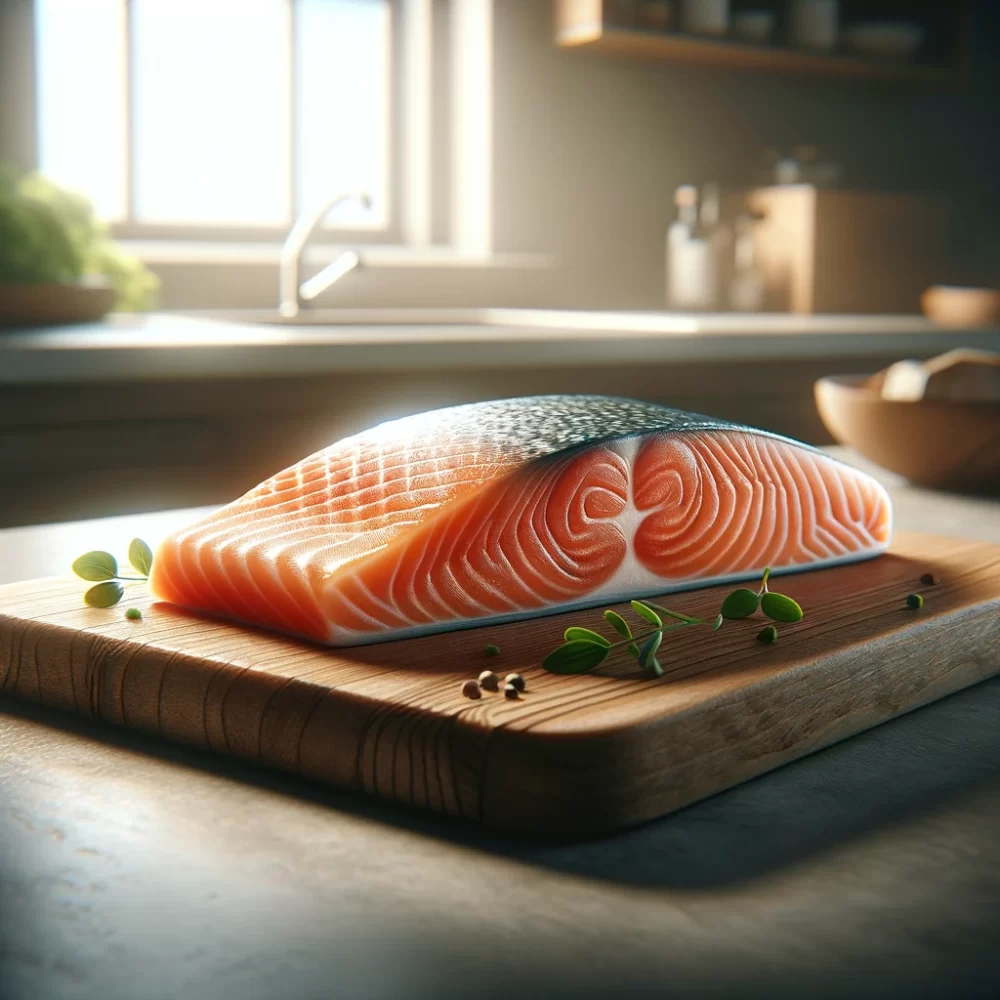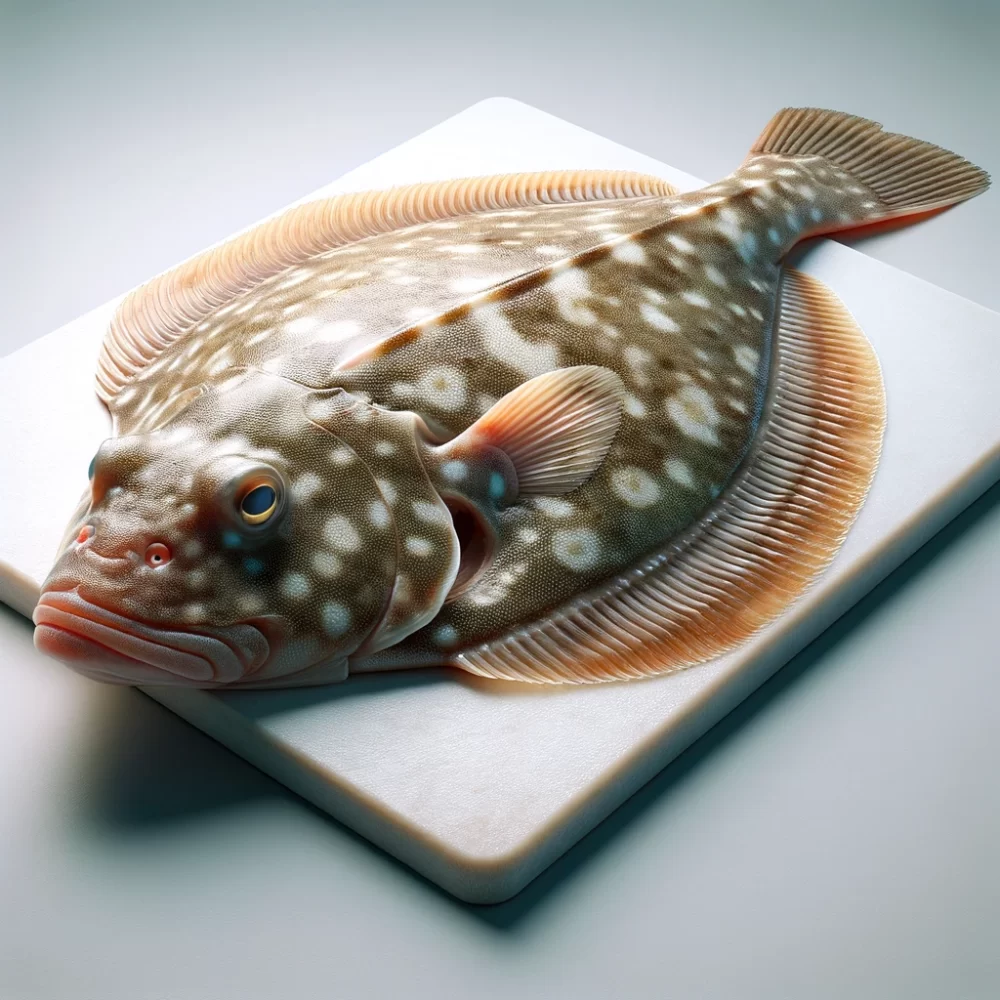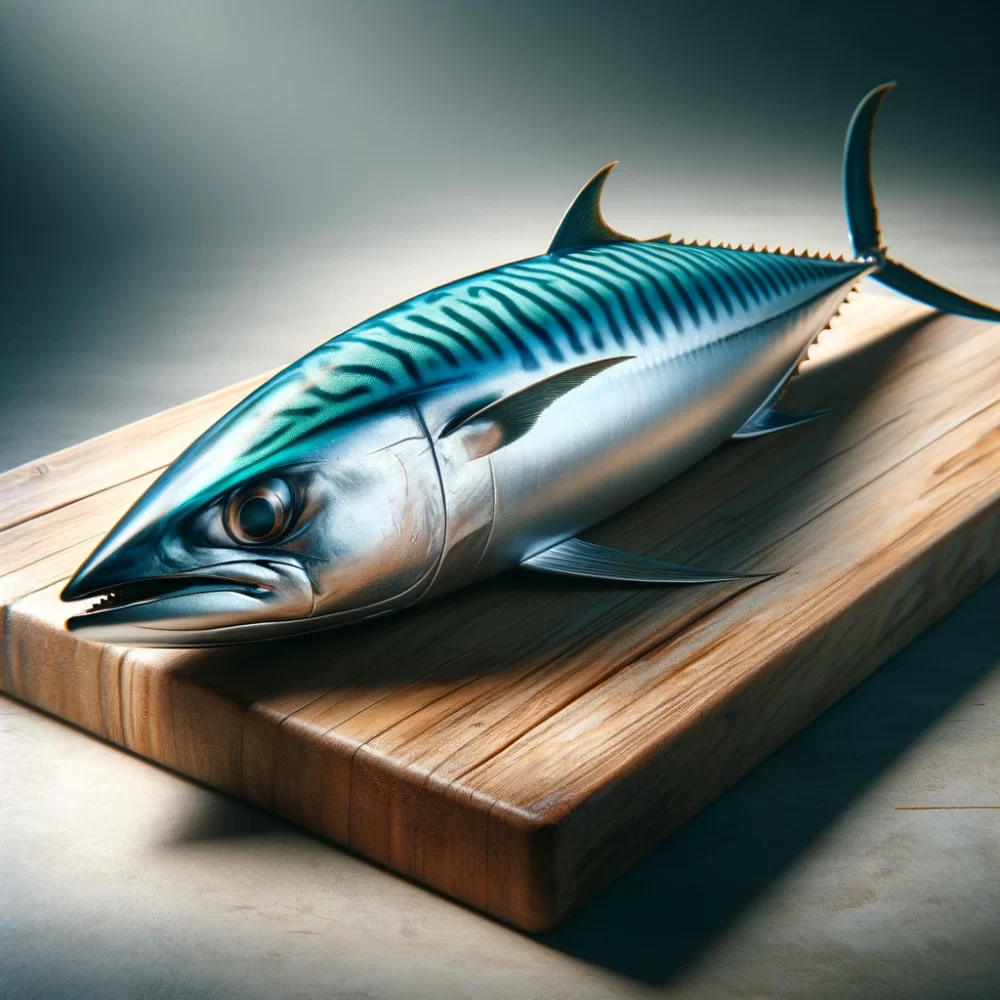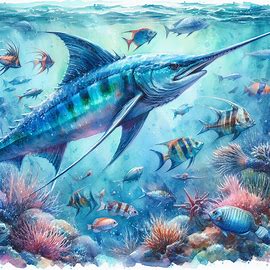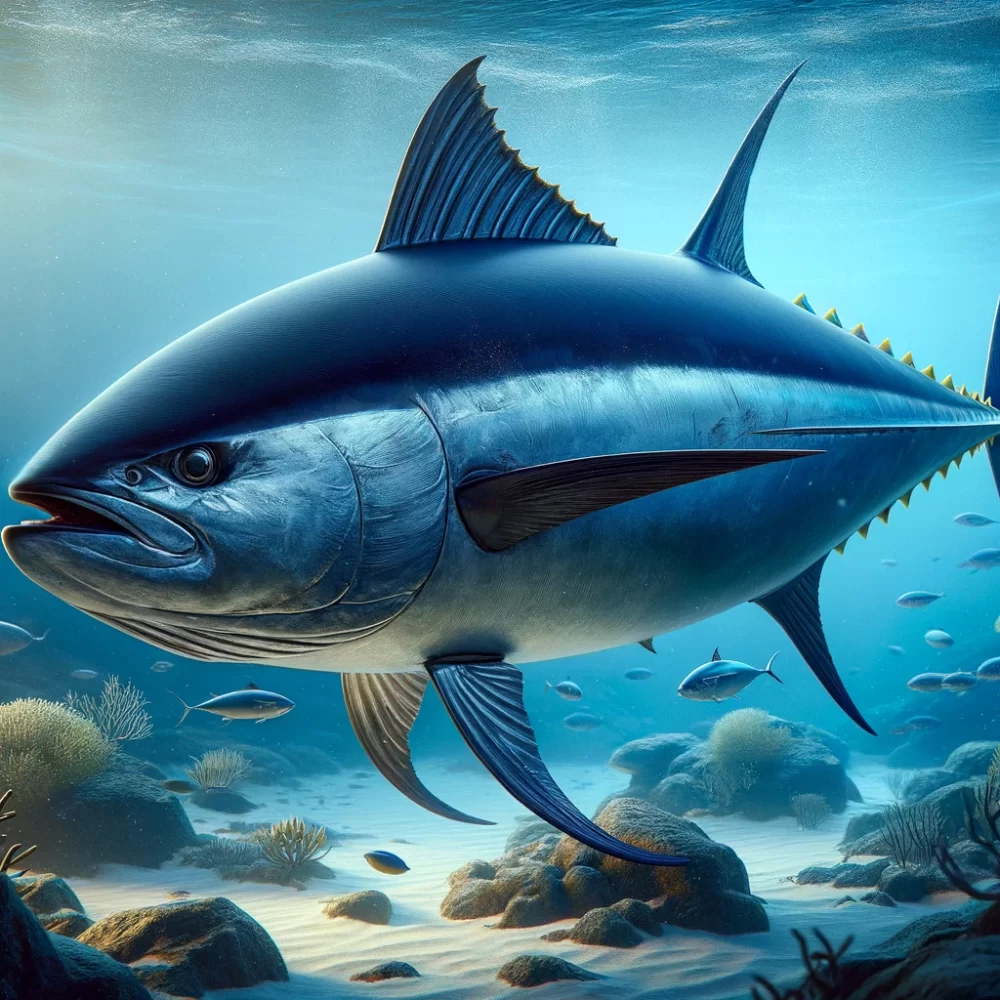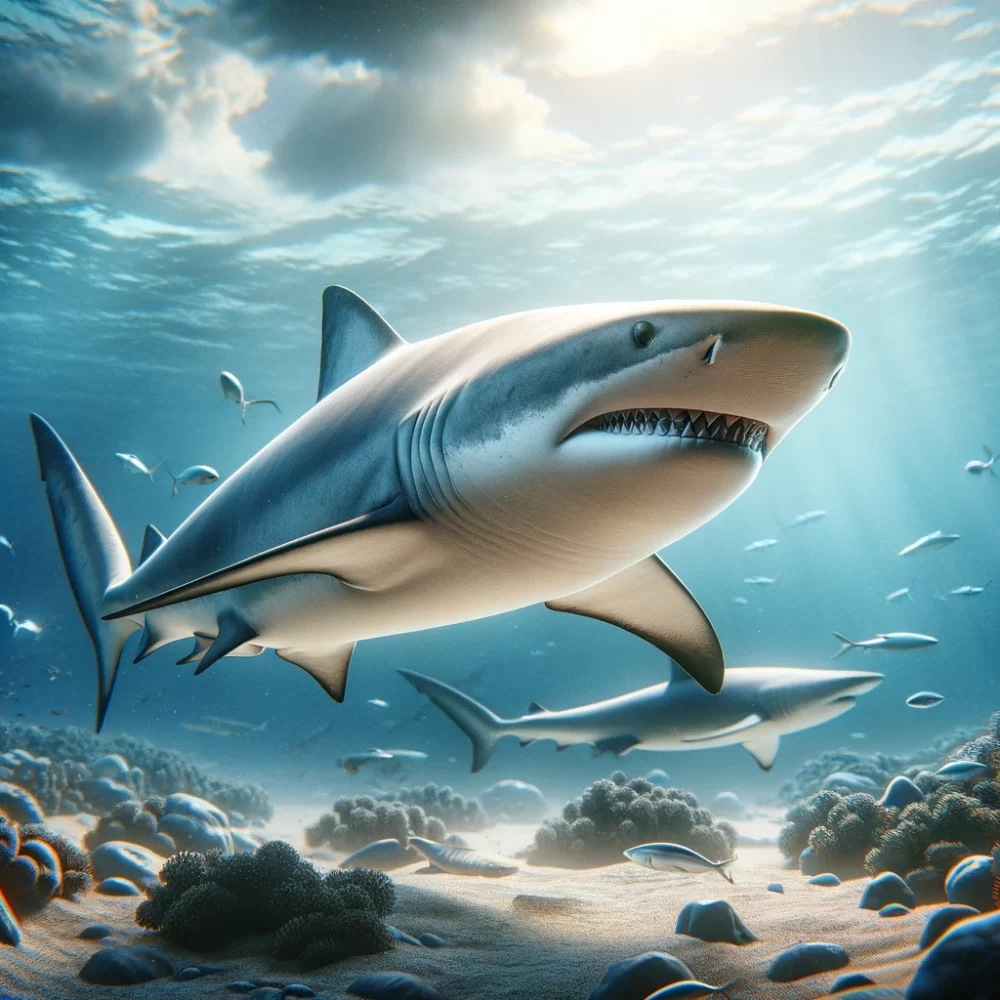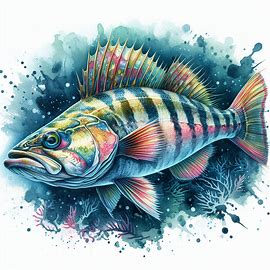Think Before You Eat: Beware:12 Seafoods That Are Riskier Than You Think
Our dietary choices, particularly in seafood, have far-reaching impacts on both our health and the environment. It’s crucial, now more than ever, to be mindful of what we consume from the sea. In this comprehensive guide, we highlight 12 types of seafood that carry more risks than you might be aware of, ranging from health hazards due to contaminants to the ecological consequences of their sourcing.
1. Imported Shrimp
DALL-E
Imported shrimp, which make up a large majority of shrimp consumed in the U.S., often come from countries with less stringent health and safety standards. These imports have been frequently found to contain harmful antibiotics and pesticides, posing significant health risks to consumers.
Besides health concerns, the environmental impact of shrimp farming is considerable, including the destruction of vital coastal mangroves, which are crucial for maintaining ecological balance. For those who enjoy shrimp, the better option is to seek out local or sustainably certified sources, which ensure not only a healthier choice but also support environmentally responsible farming practices.
2. Farmed Salmon
Salmon is often touted for its health benefits, especially due to its high omega-3 fatty acid content. However, farmed salmon, in particular, raises serious health and environmental concerns. These fish are commonly raised in overcrowded conditions, which can lead to disease and parasite infestations.
Additionally, farmed salmon are often treated with antibiotics and exposed to pollutants like PCBs (polychlorinated biphenyls), which can accumulate in their bodies and, in turn, be passed on to consumers. Wild-caught salmon, preferably from sustainable fisheries, is a healthier and more eco-conscious choice.
By choosing wild salmon, consumers can enjoy its health benefits without the associated risks of farmed salmon, and also support sustainable fishing practices.
3. Atlantic Flatfish
Species of flatfish like flounder, sole, and halibut from the Atlantic have faced significant population declines due to overfishing. Overfishing not only threatens the survival of these species but also upsets the balance of marine ecosystems.
By choosing flatfish from more sustainable sources, consumers can contribute to the conservation efforts for these species and help maintain healthy ocean ecosystems. It’s important to recognize that our seafood choices have a direct impact on the health of the oceans and to make decisions that support sustainable fishing practices.
4. Imported Catfish
Imported catfish, primarily from Asian countries, often come from aquaculture setups that are plagued by poor water quality and questionable farming practices. These conditions can lead to the presence of harmful levels of contaminants in the fish, such as antibiotics and industrial chemicals, posing serious health risks to consumers.
A better choice is domestically farmed catfish, which are subject to stricter environmental and health regulations, consumers can ensure a safer and more sustainable choice.
5. King Mackerel
King mackerel is known to have high levels of mercury, a toxic heavy metal that can have serious health implications, particularly for pregnant women and young children. Frequent consumption of high-mercury fish like king mackerel can lead to neurological and developmental problems.
While mackerel, in general, is a nutritious choice, it’s advisable to opt for smaller species of mackerel that tend to have lower mercury levels. Additionally, the fishing practices employed in catching king mackerel often raise sustainability concerns, making it a less desirable choice for those concerned about the health of our oceans.
6. Swordfish
Swordfish, another predatory fish, accumulates significant levels of mercury in its body. Regular consumption of swordfish can lead to mercury poisoning, which has serious health implications. These health risks are particularly concerning for vulnerable groups such as pregnant women, nursing mothers, and young children. It’s recommended to limit the intake of swordfish and to be mindful of the mercury content when consuming other types of large predatory fish.
7. Orange Roughy
Orange roughy, a deep-sea fish, not only accumulates high levels of mercury but is also subject to overfishing. This species is known for its long lifespan, which means it reproduces at a slower rate, making it particularly vulnerable to overfishing practices.
The overfishing of orange roughy has significant ecological consequences, as it disrupts the deep-sea ecosystems where these fish reside. Consumers are encouraged to avoid orange roughy and instead choose seafood from more sustainable and less vulnerable species.
8. Chilean Sea Bass
Chilean sea bass, also known as Patagonian toothfish, has become a popular menu item, but its popularity comes at a high environmental cost. This fish is often harvested using methods that are detrimental to other marine life, and its high demand has led to overfishing. When it comes to making a responsible choice, opting for seafood certified by reputable sustainability organizations is key. This ensures that the fish you consume is not contributing to the depletion of marine populations and is caught in a manner that minimizes environmental impact.
9. Bluefin Tuna
The demand for bluefin tuna, particularly for sushi and sashimi, has driven this species to the brink of collapse due to overfishing and illegal fishing practices. Bluefin tuna is not only an environmental concern but also a species that accumulates high levels of mercury, posing health risks to consumers.
By looking for more sustainable tuna varieties, consumers can help reduce the demand for overfished species like bluefin tuna, promoting healthier and more sustainable ocean ecosystems.
10. Shark
Shark meat is increasingly found in markets and restaurants, but consuming shark meat poses both health and environmental concerns. Sharks accumulate high levels of mercury and other toxins in their bodies.
Moreover, the shark fishing industry has a profoundly negative impact on shark populations and the overall health of marine ecosystems. Opting out of consuming shark meat is a stand against unsustainable fishing practices and a step towards conserving marine biodiversity.
11. Eel
Eels, particularly those farmed for food, are often raised in conditions that are detrimental to the environment. In the wild, eels are overfished, which has led to a decline in their populations. The high demand for eel, especially in Asian cuisine, continues to drive unsustainable practices.
By selecting alternatives to eel, consumers can help reduce the pressure on these species and support efforts to protect their habitats and ensure their populations are sustainable.
12. European Hake
European hake is often caught using methods that inadvertently harm other marine species, a problem known as bycatch. Additionally, like many other fish species, European hake has suffered from overfishing, which poses a threat to its long-term sustainability.
Consumers can play a vital role in protecting this species by choosing seafood from sources that employ sustainable fishing methods and are committed to reducing bycatch.
The Choices We Make At The Seafood Counter
The choices we make at the seafood counter or restaurant have far-reaching implications. Each decision can contribute to a sustainable future for our oceans or further exacerbate existing problems.
As you reflect on these 12 seafood types, ask yourself: how do your seafood choices align with your values regarding health and environmental sustainability?
We invite you to join the conversation and share how you navigate these important decisions in your own life.


